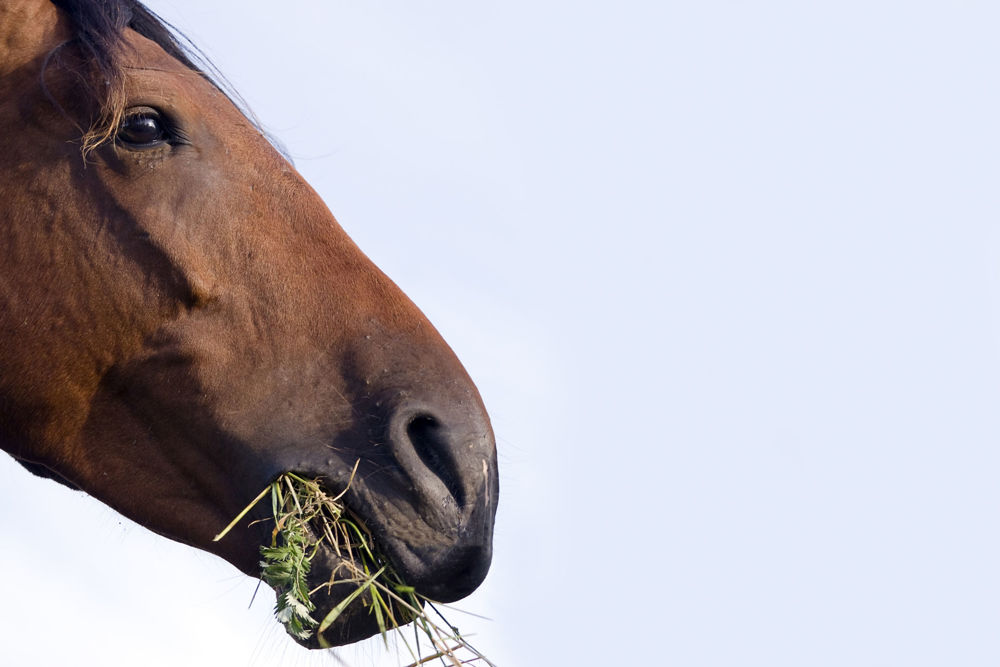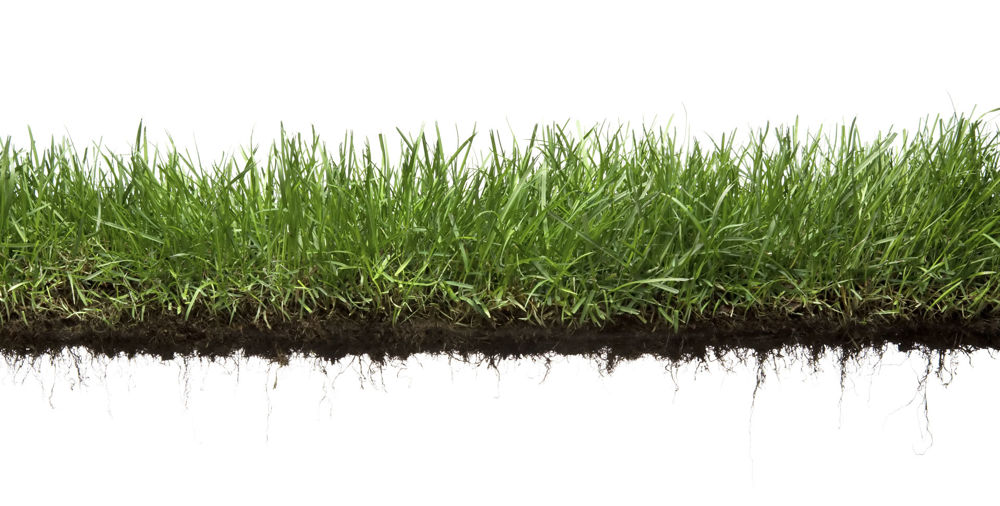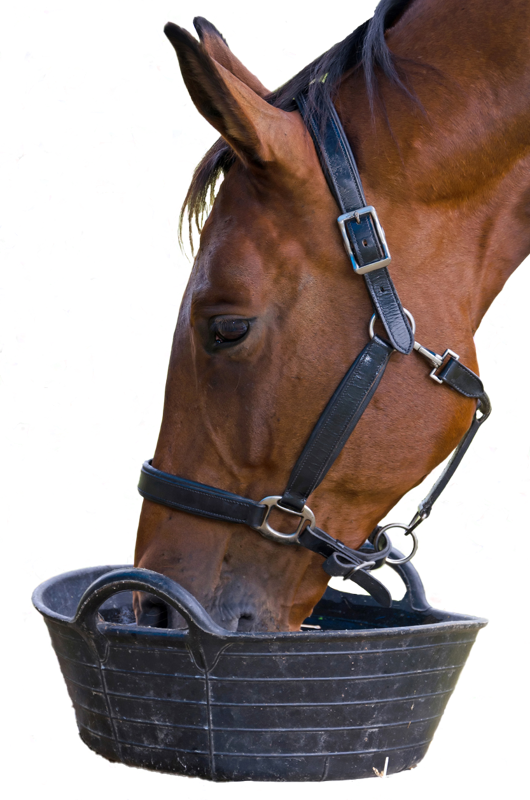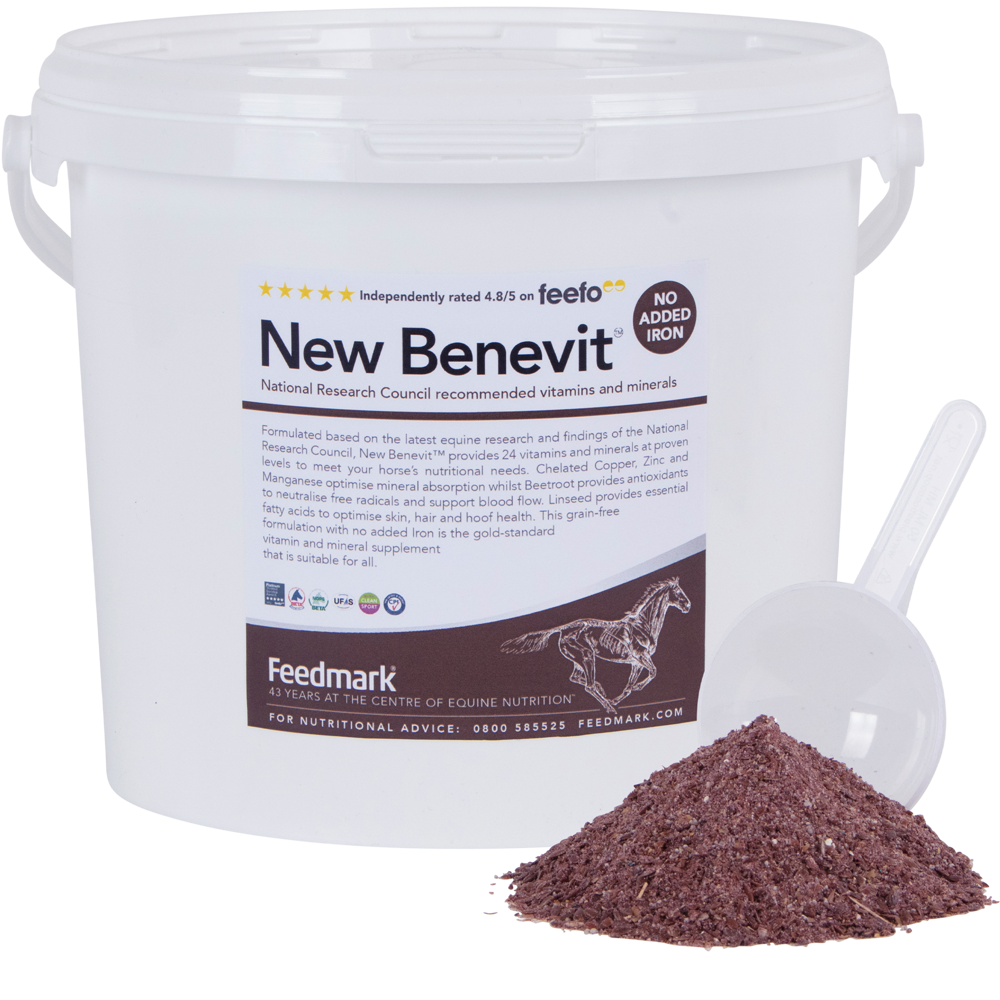As the cost of living continues to increase, we are all looking for ways we can reduce what we spend, and this also applies to how much we spend on our horses.
In the second part of a new series of informative blogs, Feedmark's Director of Science and Nutrition, Dr. Stephanie Wood considers the importance of balancing a forage diet, and how to save money while supporting your horse nutritionally.
BALANCING A FORAGE DIET
The importance of forage in the horse’s diet is now well-known and providing forage-based and all-forage diets to our horses is common practice, whether this be by giving 24/7 pasture access or supplementing grass intake with chaff, hay or haylage. Forage-based diets are the ideal diet as they promote trickle feeding behaviour and digestive health, and can often provide enough energy and protein so that additional concentrate feeds such as mixes and nuts, are not required. Such a feeding regime can potentially also reduce feeding costs as there is only one feed type to source and purchase.

The amount of nutrients provided by a forage-based or all-forage diet however will vary with the seasons and growing conditions, meaning that forage only diets are unlikely to provide balanced amounts of vitamins, minerals and essential fatty acids all year round.
The vitamin and mineral content of grass and preserved forages depends on the conditions the plants were grown in, and how they are handled and stored after cutting, in the case of chaffs, hay and haylage. Vitamin levels are particularly susceptible to degradation after plants have been harvested, meaning that unless forage is analysed for its nutrient content, the levels of vitamins it supplies cannot be guaranteed. This is particularly relevant to vitamins A, D and E which are essential elements of the equine diet. The horse is able to synthesise B vitamins, vitamin K and vitamin C, although some horses also benefit from a dietary supply of these vitamins, for example, feeding a minimum daily amount of 15mg of Biotin (vitamin B7) is known to support strong hoof growth.
The mineral content of grass and preserved forages is particularly affected by the mineral content of the soils in which they grew. Regional variations in soil composition and pH can really influence the nutrients provided by grass and forages, influencing the mineral intake of our horses and ponies. Soils in central and eastern England for example, are higher in Calcium compared to those in western England and Wales, whereas the opposite is the case for soil Selenium content (UK Soil Observatory). Deficiencies and excesses of particular minerals can unbalance the diet, so although forage should be the key element of equine diets, forage-based and all-forage diets may not be providing everything your horse or pony needs.

Fresh pastures also supply essential fatty acids (e.g. omega-3) to the diet, with greater quantities found in growing plants than mature plants. The drying, processing and storing of plants as chaffs, hay and haylage diminishes the fatty acid content meaning that diets based on preserved forages are likely to be deficient in these essential nutrients.
Despite these variations in grass and forage nutrient levels, feeding a forage-based or all-forage diet is still the most suitable for horses and ponies. Having grass and forage nutritionally analysed regularly is ideal as this allows deficiencies and excesses to be identified, however for many owners this is just not practical, and it incurs unwelcome additional costs. So you might now be asking “How can I nutritionally support my horse without increasing feeding costs?”
HOW TO NUTRITIONALLY SUPPORT YOUR HORSE AND SAVE MONEY
What works very well, and what we at Feedmark recommend, is to feed a vitamin and mineral supplement to balance the varying nutrient levels and ratios in pasture and forage. Feedmark vitamin and mineral supplements are nutrient dense and low in energy, making them ideal to feed to all horses and ponies, particularly those who are prone to weight gain, or who become over-faced with large feeds. Concentrate feeds may provide too much energy if the recommended daily amount is fed, meaning that animals either gain weight due to consuming unnecessary calories, or if smaller quantities are fed to prevent weight gain, the amount of vitamins and minerals consumed are inadequate to balance the diet. Supplements avoid these issues and mean you are not feeding, and paying for, nutrients your horse does not need.
Feedmark have a range of vitamin and mineral supplements meaning there is a supplement to suit every individual’s requirements. New Benevit™ provides 24 vitamins and minerals in an iron free, cereal free, omega-3 rich formulation, whilst Original Balancer™ provides quality protein alongside a comprehensive range of vitamins and minerals to support those needing more condition. For horses and ponies prone to gaining weight or affected by metabolic issues, SlimAid™ and Prolamin™ are ideal for balancing forage and providing nutrients often lacking in the diet of those with restricted intakes. Prolamin™ also contains herbs that support circulation to the hooves, optimising blood supply to the hoof. These options give you the peace of mind that your horse or pony is receiving the quality nutrition they need at a low daily cost.
To find out more about how to feed better for less™ be sure to have a look at the other blogs in the series:
Feed better for less™: maximise the efficiency of your feeding plan
Feed better for less™: maintaining performance on a forage diet



